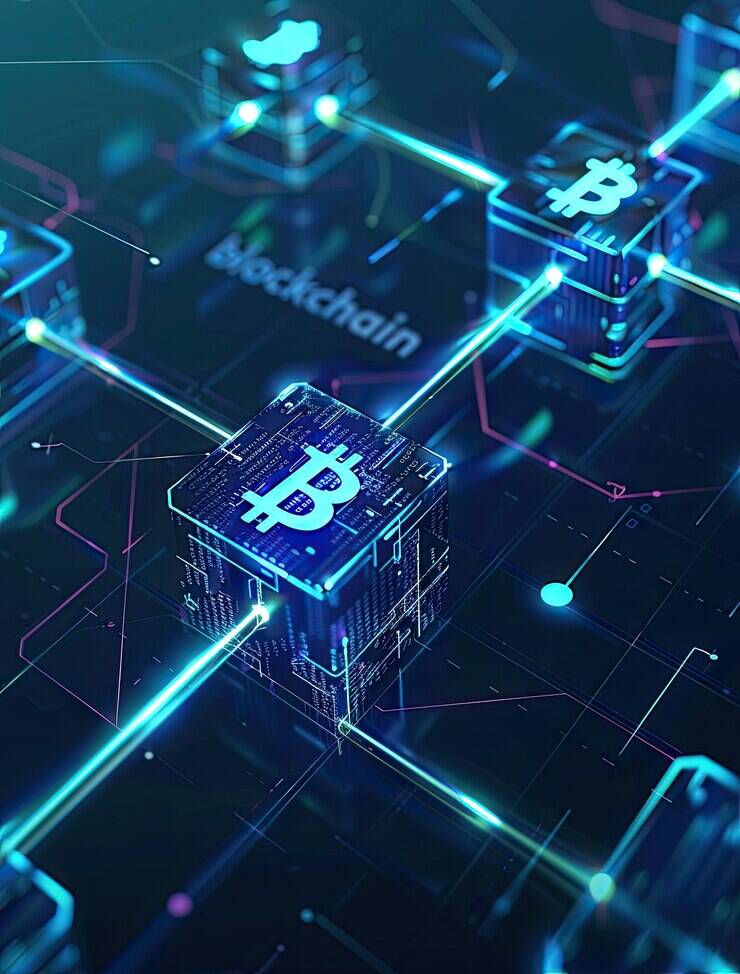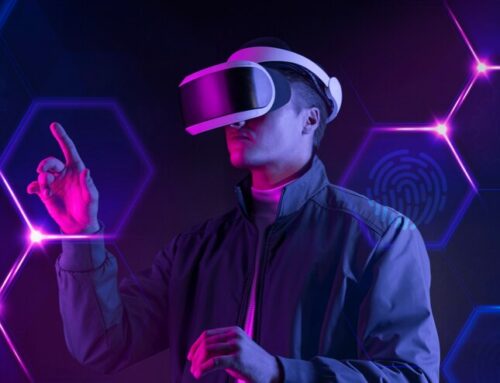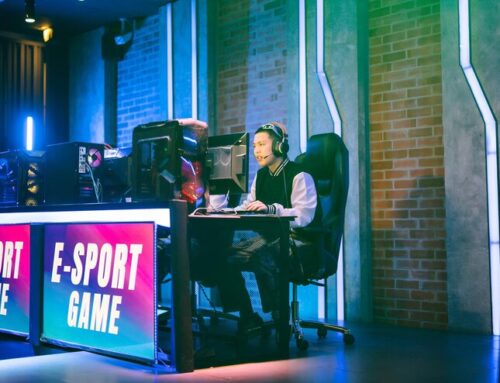NFTs (Non-Fungible Tokens) have revolutionized digital ownership by adding value to art, music, and collectables. A recent innovation in this space, NFTRandomize, adds an exciting element of unpredictability to NFTs.
What is NFTRandomize?
NFTRandomize introduces randomness into NFT creation, minting, or distribution. This process can involve random traits, surprise elements, or varying rarity levels that reveal themselves upon minting or purchase. By incorporating this unpredictability, creators make collecting NFTs much more engaging.
How Does NFTRandomize Work?
Various methods implement NFTRandomize effectively:
- Random Attribute Generation: During minting, NFTs receive random attributes like colours, backgrounds, or accessories. For example, popular collections like Bored Ape Yacht Club feature unique combinations of traits, keeping the community excited about each mint.
- Surprise Boxes: Similar to mystery boxes, surprise boxes contain random NFTs. Collectors only discover the contents after purchase, adding suspense and excitement to the experience.
- Rarity Tiers and Special Editions: NFTs can have different rarity levels. Some traits become rarer and more valuable, while projects randomly distribute special editions with unique designs. This randomness creates a sense of exclusivity.
- Dynamic NFTs: These NFTs evolve or are based on specific conditions. By allowing random transformations, creators keep the experience fresh and engaging for collectors.
- Random Rewards and Airdrops: Many projects reward NFT holders with additional bonuses, such as new NFTs or tokens. This approach encourages community participation and builds loyalty among collectors.
Benefits of Randomization in NFTs
Introducing randomness to NFTs offers several advantages for both creators and collectors:
- Enhanced Engagement: Random attributes keep collecting exciting. For instance, unveiling a new NFT or discovering a rare trait adds to the thrill of ownership.
- Increased Value and Scarcity: Randomness creates natural scarcity, driving demand for rarer traits that collectors seek.
- Fosters Community Interaction: Collectors actively share their random finds and celebrate rare pulls, fostering community and camaraderie.
- Creative Freedom: Randomization allows creators to express themselves artistically by mixing traits in unpredictable ways. This approach leads to innovative and unique artworks.
- Gamification: Randomness introduces a game-like element to NFT collecting. This element appeals to audiences who enjoy surprise and strategy, attracting a broader community.
How NFT Projects Use Randomization
Randomization has played a vital role in the success of many NFT projects. Here are some notable examples:
- CryptoKitties: One of the first projects to use random traits, allowing users to breed unique digital cats. Collectors eagerly anticipate what they will create.
- Axie Infinity: This popular play-to-earn game features Axies with random characteristics that affect their abilities and value. As a result, players enjoy depth in their gameplay.
- Loot Project: Created random text-based loot bags that sparked a community-driven effort to build games around the generated items. The randomness inspires creativity among players.
- NBA Top Shot: This platform sells packs of highlight clips that are randomly generated. Collectors experience the same thrill as traditional trading card enthusiasts when they open their packs.
- Art Blocks: This platform focuses on generative art, with each piece algorithmically created at the time of purchase. Consequently, collectors receive genuinely unique artworks.
Challenges of Randomization in NFTs
While randomization adds excitement, it also presents challenges that creators and collectors must address:
- Ensuring Fairness: Developers must ensure that randomization remains transparent. They should audit intelligent contracts to guarantee that randomness isn’t manipulated.
- Market Saturation: Overuse of random traits can dilute value. Therefore, projects must balance randomness with meaningful attributes to maintain interest.
- User Experience: Random elements can lead to disappointment if collectors receive less valuable items. To address this, projects should ensure all NFTs have some appeal.
- Regulatory Concerns: Random reward mechanics can resemble gambling, potentially raising legal issues. Consequently, creators need to navigate these concerns carefully.
The Future of Randomization in NFTs
The role of randomization in NFTs is expected to grow, with exciting innovations on the horizon:
- Cross-Platform Randomization: NFT interactions across games or platforms may create more dynamic experiences. This interconnectedness can enhance user engagement.
- AI and Machine Learning: Advanced algorithms generate evolving traits, allowing NFTs to change based on owner actions. This integration can deepen the collecting experience.
- Physical and Digital Integration: Combining physical collectables with digital NFTs could create unique collecting experiences. Collectors might enjoy surprises in both realms.
- AR and VR Integration: Random elements in virtual environments could lead to immersive and unpredictable adventures. Users will likely find these experiences captivating.
Conclusion
Randomization transforms the NFT landscape by introducing unpredictability and excitement. It enhances the collecting experience, fosters community interaction, and drives creativity. As the NFT space evolves, using random elements will likely expand, leading to more engaging digital experiences. Whether you’re a seasoned collector or a newcomer, the random nature of NFTs keeps the journey fascinating and full of surprises.






